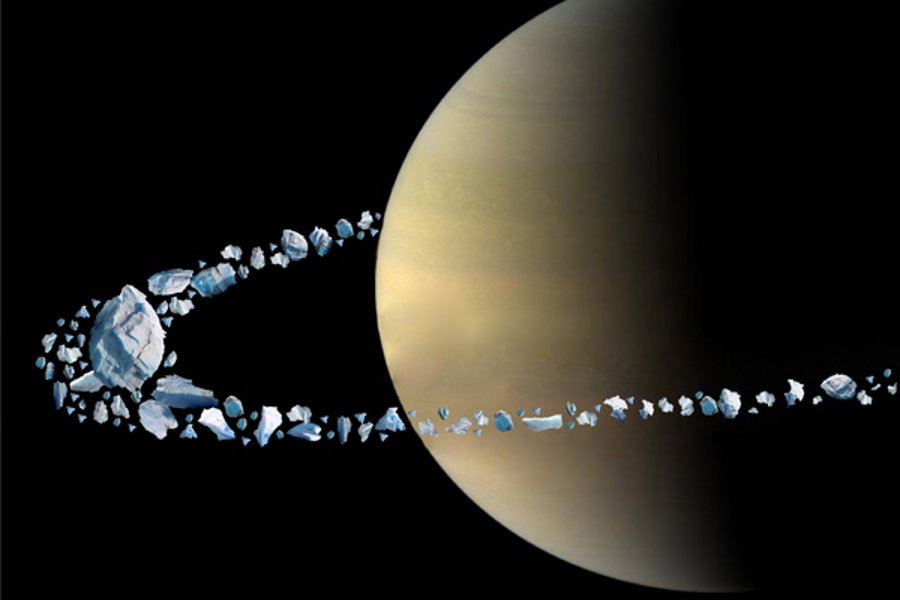
"None of the rocky planets, asteroids, or known Kuiper belt objects have a system of rings. Jupiter, Uranus, and Neptune possess them, but they're all much fainter, sparser, smaller, and less massive than Saturn's. In addition, Saturn's rings are: significantly tilted with respect to the planet's axis of rotation, are made almost exclusively of water-ice, and are actively in the process of evaporating."
"How did Saturn's rings form? Despite a number of proposals, no one solution has emerged as a clear front-runner. Until recently, that is, when a new study led by MIT's Jack Wisdom was published in back in 2022. In the three years since, it's held up remarkably well. The idea is simple: a single violent event, just 150 million years ago, could explain not only Saturn's rings, but a series of bizarre properties found exclusively in the Saturnian system."
Saturn is uniquely recognizable because of its expansive, detached ring system populated by gaps, moons, and moonlets. Galileo first noted the rings as "ears" in 1609, but closer views reveal detailed structure above, below, inside, and around the rings. Other giant planets have rings, but they are much fainter, sparser, smaller, and less massive. Saturn's rings are significantly tilted relative to the rotation axis, composed almost entirely of water-ice, and are actively evaporating. Current models indicate the rings formed relatively recently—on the order of 100–150 million years ago—and should dim to Jupiter-like faintness within roughly another 100 million years.
Read at Big Think
Unable to calculate read time
Collection
[
|
...
]